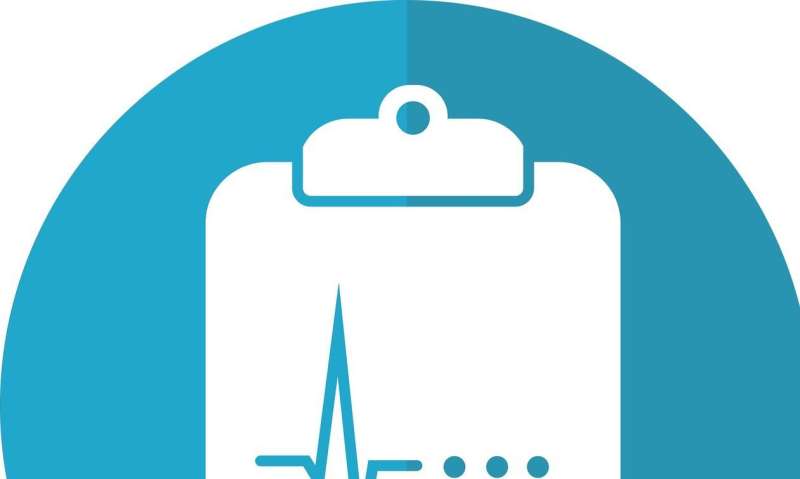Home » Health News »
Clinical screening helps identify family members at risk for heart muscle disease

A multi-site study led by researchers at The Ohio State University Wexner Medical Center and College of Medicine shows the importance of clinical screening for dilated cardiomyopathy (DCM) in family members of patients diagnosed with the heart muscle disease. The five-year study found cardiovascular screening identified new DCM-related findings in one of seven first-degree family members (children, siblings or parents) previously unknown to have DCM. The findings did not differ by race, ethnicity or sex.
“Most recommendations for family-based screening after a DCM diagnosis have been based on single center studies at academic referral centers and had relatively small sample sizes. They also lack racial or ethnic diversity. This is the first large study in this area, and the results underscore the importance of clinical cardiovascular screening for all at-risk first degree relatives of patients with dilated cardiomyopathy. The study also provides additional information that can be used when talking with DCM patients about the risk of the disease to family members,” said Hanyu Ni, Ph.D., a researcher associate professor in the Division of Human Genetics in the College of Medicine and first author of the study published in the Journal of the American College of Cardiology.
DCM is a condition in which the heart muscle weakens and the left ventricle enlarges. It’s the most common cause of patients needing a heart transplant and is responsible for up to half of the heart failure cases that result from a weakened left ventricle. Some patients are asymptomatic for months or years until severe disease like heart failure develops. Identifying DCM at an early stage and starting treatment can help slow its progression and prevent sudden cardiac death.
In the study, 1,365 first-degree relatives of DCM patients were screened at 25 clinical sites in the United States that are part of the DCM Consortium, led by Ray Hershberger, MD, a cardiologist and division director of human genetics at the Ohio State Wexner Medical Center and a researcher at the Dorothy M. Davis Heart and Lung Research Institute. The risk of a family member developing DCM or a DCM partial phenotype by age 80 is estimated at 33% with partial phenotype defined as left ventricular enlargement (LVE) or left ventricular systolic dysfunction (LVSD), which both independently predict disease progression.
The percentage of first-degree relatives with new diagnoses was higher for those age 45–64 than 18–44, according to the study. Those with hypertension and obesity were at higher risk of DCM or DCM partial phenotypes, regardless of age. Researchers recommended that patients with negative clinical screening be monitored because the disease can occur later in life.
“No one has ever done a study quite like this, and it’s highly representative of what would be seen across many cardiology practices,” Hershberger said.
More information:
Hanyu Ni et al, Screening for Dilated Cardiomyopathy in At-Risk First-Degree Relatives, Journal of the American College of Cardiology (2023). DOI: 10.1016/j.jacc.2023.03.419
Journal information:
Journal of the American College of Cardiology
Source: Read Full Article


